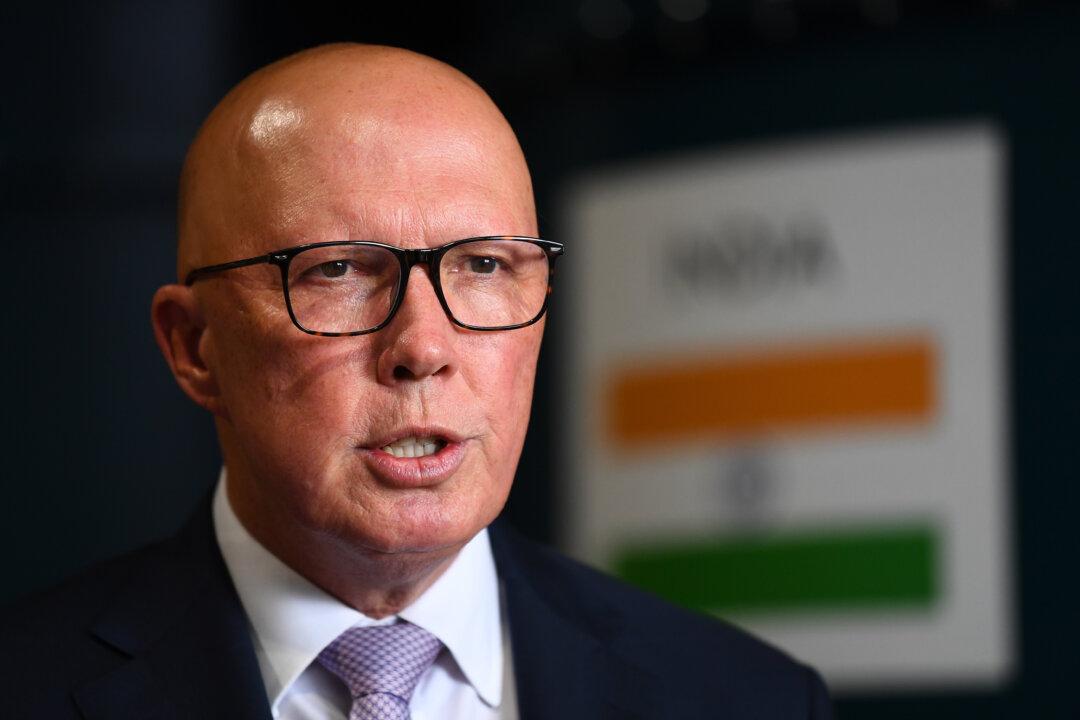Fingernails have many obvious purposes, such as assisting in picking up, scratching and separating items; however, many are not aware that they can also provide important information about a person’s health.
Fellow of the Australasian College of Dermatologists and Head of Research Dermatology at the Royal Melbourne Hospital, Prof. Johannes Kern from the University of Melbourne, said that nails could show symptoms of serious conditions.
“Nails can show signs of skin cancer and melanoma in the nail unit. Signs of systemic disease affecting the joints, such as psoriatic arthritis,” he said.
“Clubbing of nails can be a sign of heart and lung disease or systemic malignancies.”
He said that liver disease, kidney disease and anaemia could also lead to specific nail changes.
“Transverse lines can be a sign of preceding trauma, severe illness, or prior chemotherapy. Recurrent nail infections (paronychia) can be a sign of immunosuppression.”
Furthermore, Kern also said that nails could show vitamin deficiencies by becoming brittle, for example. However, he noted that nail changes from vitamin deficiencies are exceedingly rare, and there are usually other underlying causes.

Keeping Nails Healthy
The significant uses of fingernails make them important for the human experience because, without them, people would be unable to easily scratch an itch or pick up a dropped needle. Thus, proper nail care and maintenance are important.Kern noted that it’s important to protect the skin around nails by avoiding exposure to excessive wet work, irritants, harsh chemicals, and the like. He also said that people should avoid excessive hand washing and only use a gentle soap-free wash.
He said that to take care of their nails, people should use good hand cream after wet work, physical work and other similar activities.
“If the skin around the nails is very dry/rough, urea-containing creams or gels can be helpful,” Kern said.
He also said individuals should avoid pushing cuticles back or damaging cuticles, as they serve as an important seal for the nail unit and said that people should avoid manipulating fingernails with sharp or hard instruments around the nails or under the nail.
Kern noted that nail clippers are alright to use, but people need to make sure that they don’t damage the nail or cut into the surrounding skin. He also noted that nail scissors are a good alternative.
Pandemic Ruining Nails
The Founder and Managing Director of the beauty company Kester Black, Anna Ross, said that the company had observed an increase in nail damage since the pandemic.“We have seen a massive increase in damage to nails because of hand sanitiser and washing of hands more frequently, which dries out the nails,” Ross said.
Additionally, she noted that nails could also be affected by lowered immunity and mineral imbalance and recommended that people who want healthy nails make sure they are eating a balanced diet.
“If the gut bacteria is out, from lower immunity and mineral imbalance, then it affects the hair and nails too,” she said.
“The best way to take care of your nails really comes from the inside, though. A healthy, balanced diet is definitely the key. Keeping your hands and nails hydrated and using good quality products is also an important factor.”
To help heal nails, Ross recommended applying hydrating multi-use oil and hydrating nail and cuticle masks to cuticles before bed on a regular basis. For extra hydration and care, hydrating multi-use oil can be applied to cuticles morning and night.
She said that Kester Black also found that alternating between an overnight restorative mask, which hydrates and nourishes dry and damaged nails, and a nail strengthener, treatment, and base coat nail polish really helped people, especially those who suffer from flakey nails from nail products such as SNS and acrylics.
The Risk of Nail Polish and Beautification
But what about the risks many people associate with nail polish and nail beautification?“It is not clear if the amounts contained in nail polish have any negative effects. Some nail polishes are marketed as ‘five–free’; they don’t contain formaldehyde, toluene, dibutyl phthalate, formaldehyde resin, and camphor.”
“Nail polish and acetone polish remover can lead to damage of the nail itself, irritant contact dermatitis and allergic contact dermatitis,” he said.
Kern said that manicures could damage cuticles and lead to infections, nail plate thinning, lifting and grooves. He also said that repeated UV exposure in some beautification treatments creates a potential risk.
“There is a potential risk due to repeated UV exposure for some beautification treatments,” he said.
However, Ross said that nail polish isn’t harmful and has actually been seen to improve nail health and assist with nail growth by providing an additional protective layer over the nail.
She said that although there are carcinogenic ingredients in nail polish, the ingredients aren’t considered carcinogens for their intended use.
Ross said that nail polish is made from Ethyl Acetate and Butyl Acetate, which are both solvents, so if they are imbibed or applied liberally to the skin, they can certainly become a health concern. However, when used in polish, she said that Ethyl Acetate and Butyl Acetate evaporate off quickly to allow the nail polish film to dry, leaving behind a non-toxic film.
“Nails do not allow ingredients to be absorbed through them into the bloodstream as skin does, so in that way, nail polish is pretty safe,” said Ross.





